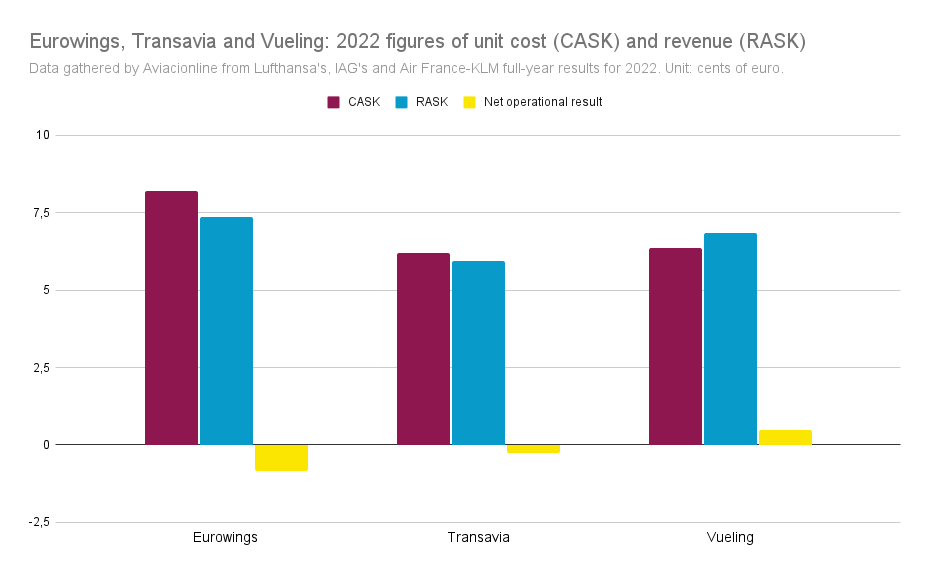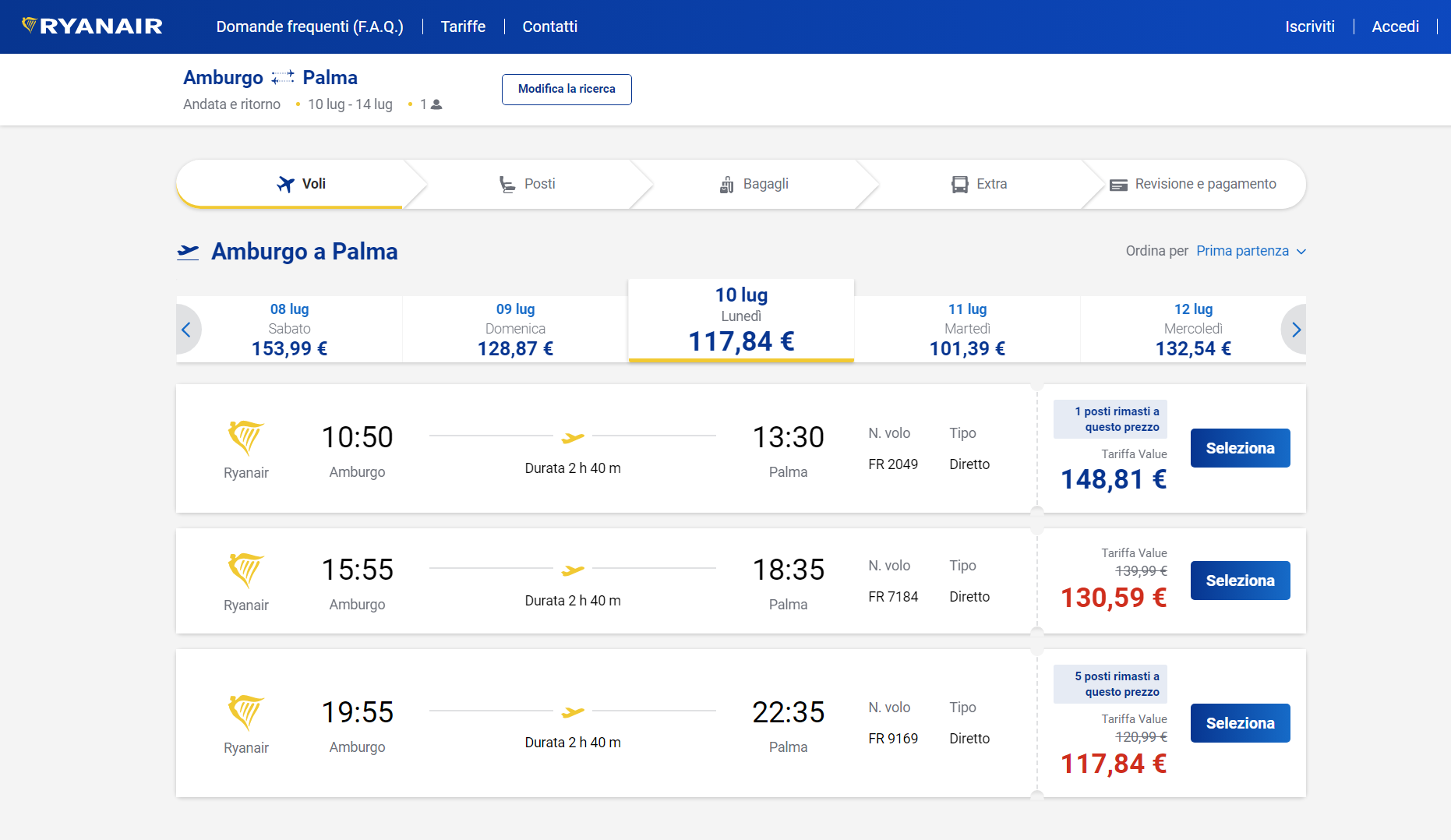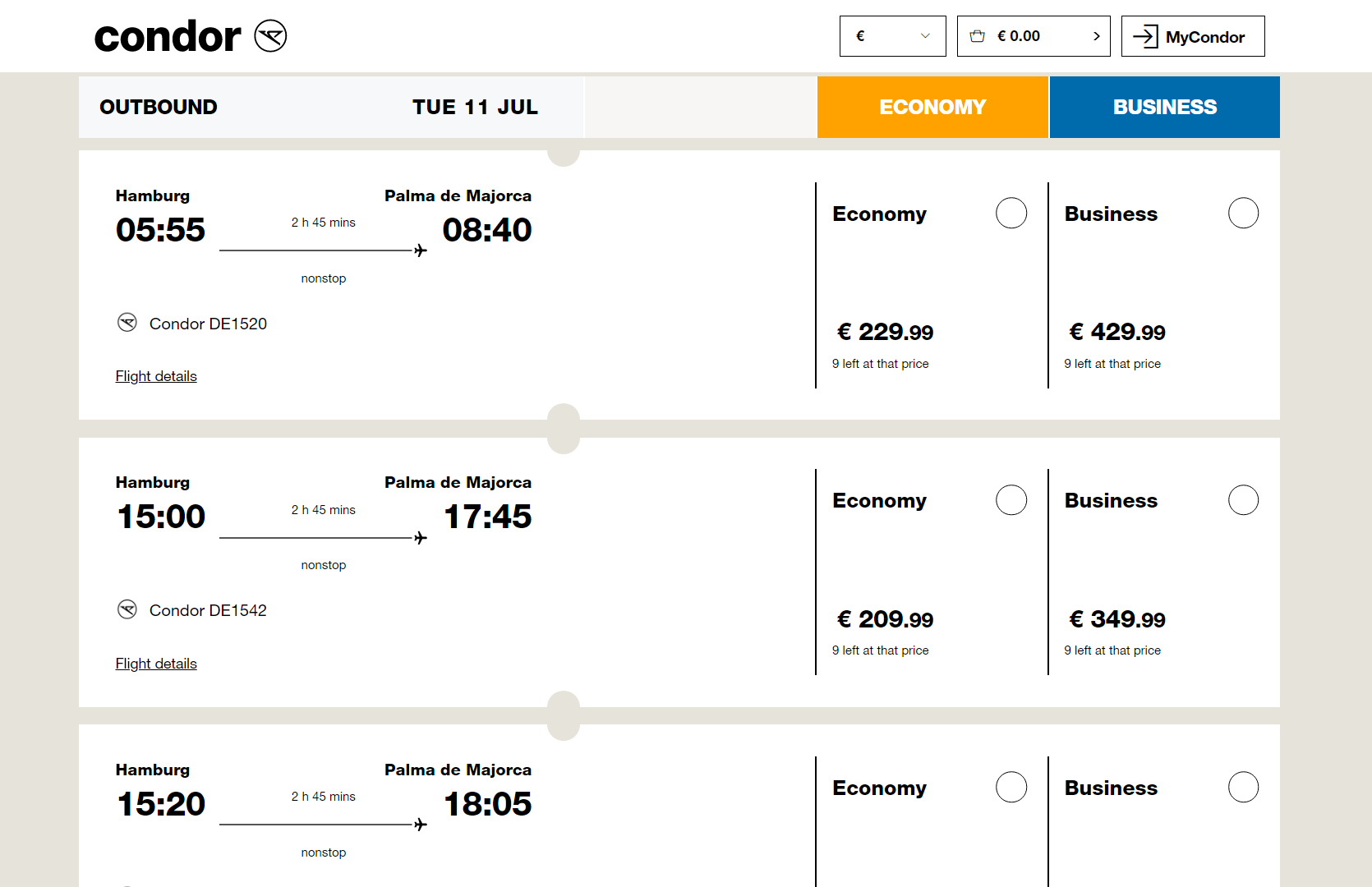The «Mallorca Airbus»: how Eurowings will deploy its A321
Eurowings has long been a focus of the Lufthansa Group — not because of its successes, but rather its perpetual difficulty in being profitable.
Still, the airline remains an important part of the Group’s long-term strategy; after all, short-haul aviation is a fundamental part of the industry in Europe.
The role of the low-cost airlines within a «legacy» group, namely Eurowings, Transavia (within Air France-KLM) and Vueling (within IAG) is clear: to structurally reduce the group’s cost base on short-haul flights, a segment that went sour from the 1990s.
Transavia and especially Vueling proved that this can be done with relative success, while also stimulating cost competitiveness in its higher-cost counterparts. Eurowings stands an outlier in this process.
With this in mind, in the early stages of this month the airline celebrated the arrival of its first Airbus A321, the largest aircraft of the A320 family. And the way the company shared this arrival in the media is very telling of their strategy with the jet.
In a press release, Eurowings labeled the A321 the «Mallorca Airbus». According to the company, they are «relying heavily on Airbus A321 aircraft in the summer […] Germany’s No. 1 holiday carrier will deploy Airbus’ largest medium-haul jet specifically to top holiday destinations in order to better serve the high demand to Palma de Mallorca, Crete or the Canary Islands, for example.»
Indeed, data gathered by Cirium’s Diio Mi application shows essentially that. At least during the Summer season, the A321s will be extensively used to bring German passengers to beach/holiday destinations.

These are definitely not the only routes Eurowings serves; from its major bases, the airline also serves several corporate and visiting friends and relatives (VFR) destinations.
Not deploying the A321 to these destinations could signal that the airline is comfortable with the fare premiums it can command in such routes. By the same token, deploying the A321 to beach/leisure destinations may show what Eurowings expects of the new aircraft.
Of the three legacy-owned airlines, Eurowings remains the airline with the highest unit cost, by some margin (comparison below).

The great advantage of the Airbus A321 is its size. By being a stretched version of the A320, carrying 50 more passengers than the latter, the A321 can essentially spread costs through a higher number of seats. In other words, its unit cost is sensibly lower, and that would help reduce the gap between Eurowings and its benchmarks.
Of course, this cost advantage is nothing without the passengers to fill those 50 extra seats, and in Europe, there is hardly any better destination in the Summer for that goal than Palma de Mallorca or Málaga.
In Germany, this is even clearer during the Summer, as it is the major lagging country in Europe with respect to pre-pandemic capacity figures. According to Cirium, Germany-Spain traffic is down 21% in terms of flights for July 2023 versus the same month in 2019.
That is largely due to airport charges higher than elsewhere in the continent, a Bloomberg report argued last December. Still, low-cost carriers have not left Germany outright: Ryanair, for instance, will still serve a comprehensive network in the country, including some routes the Eurowings’ A321 will serve. Those additional seats will help reduce the cost pressure over the low-cost arm of the Lufthansa Group.



Eurowings’ plan, as per the press release, is to have six A321 of the old generation from May. By the end of the year, the airline should have another four next-generation A321neo, which have a lower fuel burn.
For now, Eurowings should improve its results, come Summer, given the better economics of the A321 with respect to the A320.
The match between lower unit cost and the always-insatiable demand of the German public for holidays in Spain will be a very healthy one, but there is still a long way to go: the A321 will still be less than 20% of the carrier’s fleet by the end of the year.

/https://aviacionlinecdn.eleco.com.ar/media/2023/03/csm_Der_erste_Eurowings_Mallorca_Airbus_A321ceo_D-AIDV_d63275e48d-1.jpeg)
Para comentar, debés estar registradoPor favor, iniciá sesión